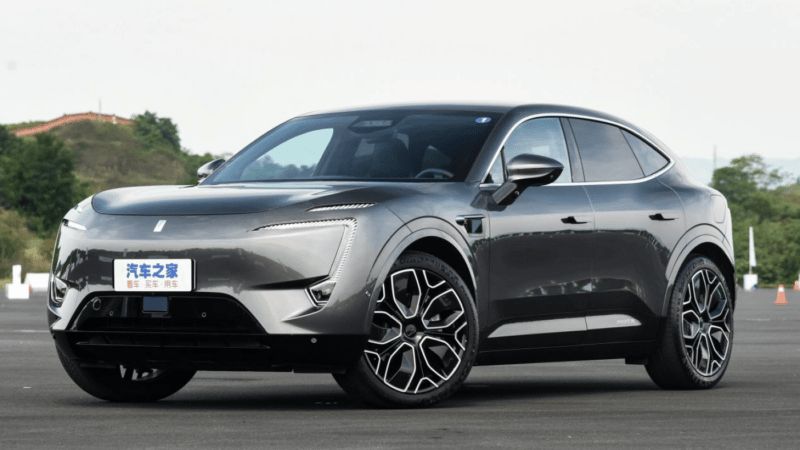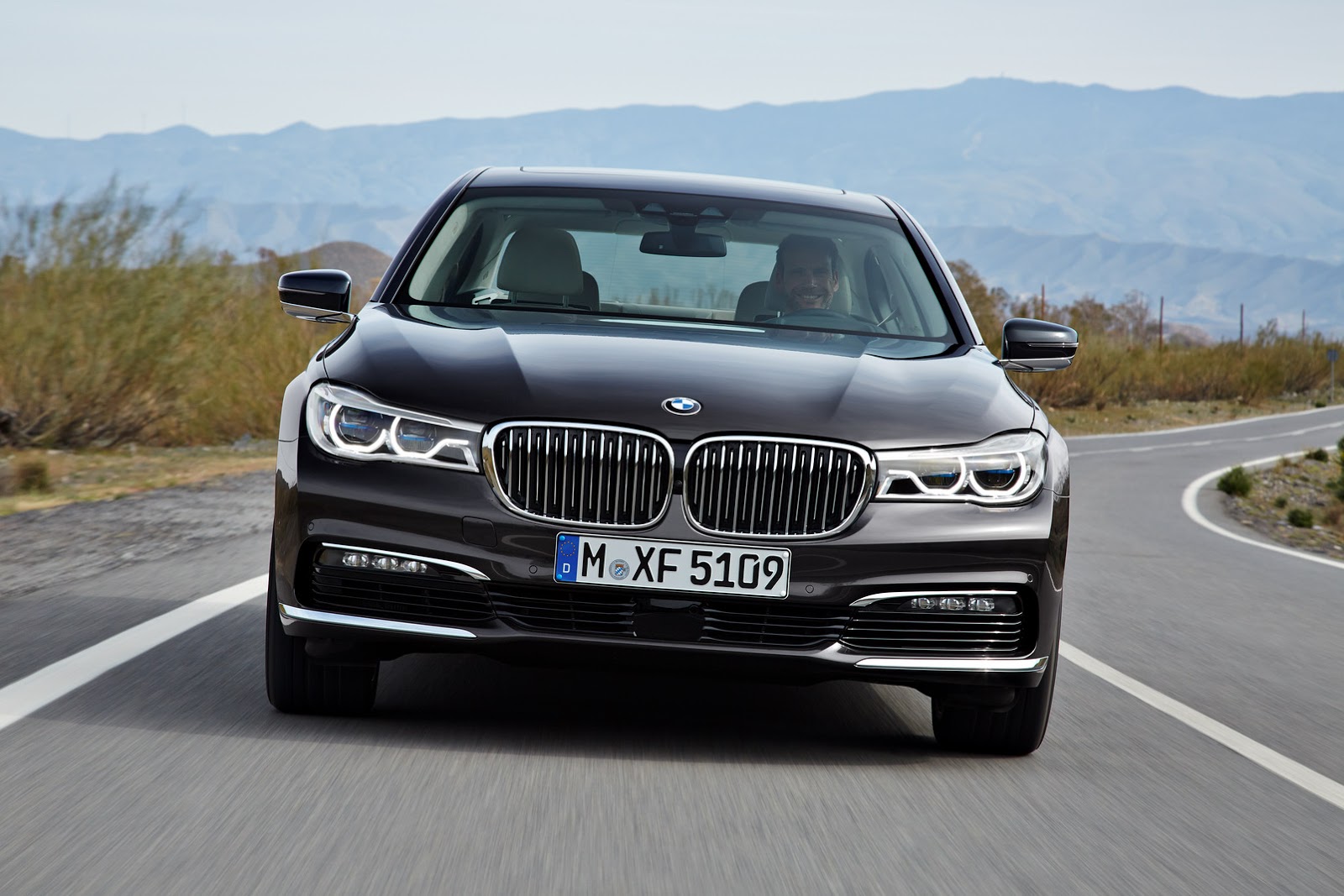
It won’t have escaped your attention that China’s carmakers are coming up with some pretty slick designs right now (to offset the plain weird ones). After going through the same struggle to find their own identity that the Korean manufacturers had to suffer a couple of decades ago, China seems to have worked out how to build cars that often look every bit as handsome as those coming from their European, Japanese and American rivals.
And one reason for that is that China’s carmakers aren’t only luring executives and engineers from western auto companies, but designers too. Some of these designers might be unknown to people working outside of the car industry, but as journalist Greg Kable points out, we’re all familiar with their work, even if we’re not familiar with their name or face.
One of those designers is Nader Faghihzadeh, who joined Changan’s Avatr EV brand in 2019, and whose sporty 011 electric crossover was revealed last month. It features 750-volt charging technology, Huawei Inside LiDAR-equipped autonomous tech, can accelerate to 62 mph (100 km/h) in 3.98 seconds (the marketing department clearly couldn’t bring themselves to round it up to 4) and promises up to 423 miles (680 km) on China’s optimistic CLTC cycle.
Related: Avatr 11 Launches In China With 578 HP And Up To 422 Miles Of Range
The name Nader Faghihzadeh won’t be familiar to all. But his designs will be. Over 17 years at @BMW, he worked on many concepts and production cars. In 2017, he moved to #Changan. Became design boss at Changan’s Avatr EV brand in 2019. The 011 is Avatr’s first production model. pic.twitter.com/qiZPQ6sl6f
— Greg Kable (@GregKable) September 1, 2022
But equally interesting is its crossover design, particularly the rear, which manages to fuse SUV and sedan styling cues to create a car that looks different from every other crossover on the road. And looking different from every other crossover is a big win when almost every car on the road is a crossover.
Before he moved to China, Faghihzadeh spent 17 years at BMW, and I’ll admit I’d not heard of him. As is often the case with car companies, the head of design is often credited with a brand’s styling successes (and failures) when the reality is that there’s always a big team of talented designers toiling away quietly in the background.

A glance at Faghihzadeh’s Linkedin profile reveals that he’s had a hand in just about every major BMW product, from the i3S, i8 Roadster and iNext concept to the X3 and X4, the 6-Series Coupe, Gran Coupe and Convertible, and shaped either the interior or exterior look of multiple generations of 7-Series.
And Faghihzadeh isn’t the only designer who’s jumped from west to east. We don’t doubt that China is developing its own home-grown design talent, but pulling in established stylists, and then letting them off the leash to show what they can really do without the need to pay lip service to historic brand design cues, is one way to fastrack the Chinese industry’s acceptance and desirability in western markets.


